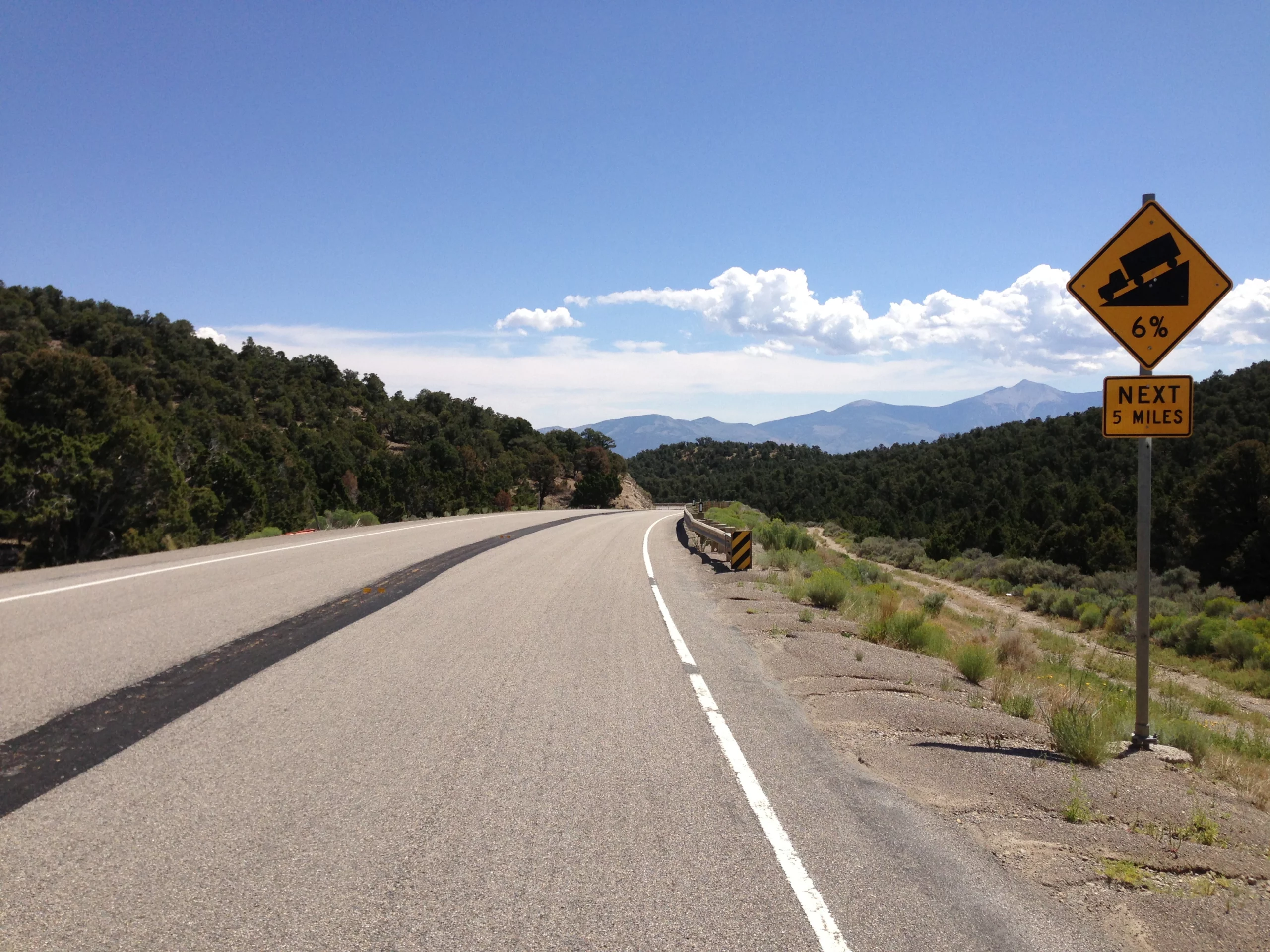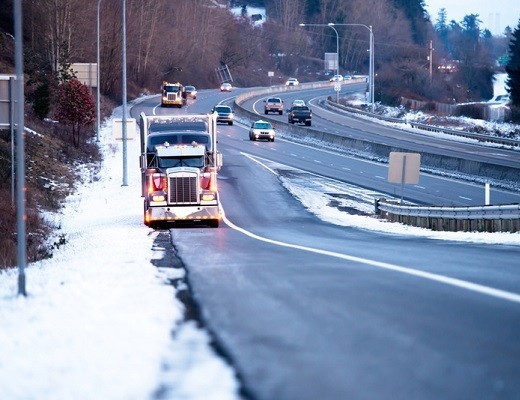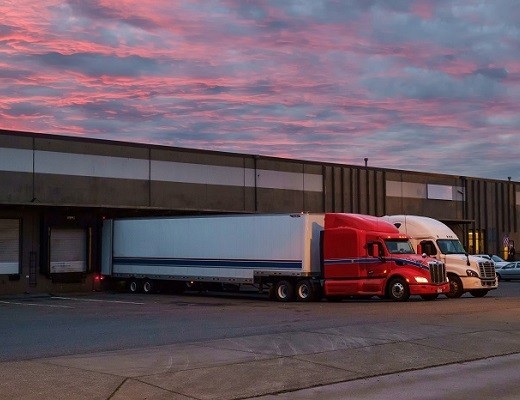

Kentucky’s U.S. Route 641 Upgrades
Officials in Kentucky are celebrating the successful expansion of the last stretch of U.S. Route 641, connecting the state’s vital truck route on Interstate 69 to Tennessee within a growing rural freight corridor. This development comes as a boon for safer transportation and a new highway, complete with prominent truck route signs that guide travelers.
Governor Andy Beshear expressed his satisfaction during the ribbon-cutting ceremony on October 12, stating, “The people of western Kentucky have eagerly awaited this enhancement of U.S. 641 for decades, and we have delivered. This $37.6 million investment will have a significant impact on Calloway County and beyond, ensuring a safer transportation network and a new highway equipped with clear truck route signs for the community.”
The newly widened 5.6-mile section of U.S. 641, now boasting four lanes, bridges the gap between Murray and Hazel. This marks the completion of Kentucky’s rural freight corridor along U.S. 641, extending to the Tennessee border and linking to I-69, becoming a vital segment of the state’s truck route. When it was a two-lane road, this segment of U.S. 641 accommodated 6,000 vehicles daily, underlining the need for a new highway to enhance safety and accommodate prominent truck route signs.

State Representative Mary Beth Imes emphasized that the new highway strengthens Murray’s traditional north-south trade connections, stating, “The completion of this new four-lane road further establishes U.S. 641 as a vital truck route for commerce and economic development.”
The project, with a total cost of $37.6 million, received a $23 million federal grant awarded in 2018 and a $500,000 contribution from the town of Murray, where Mayor Bob Rogers spoke at the ceremony. Rogers stated, “This is a perfect example of what can be achieved when people collaborate. Such examples may be rare in the country today, but they are sorely needed because they are how progress is made.”
Calloway County Judge Kenny Imes underscored the profound impact of the new U.S. 641 corridor on the local area and the region. The project’s goal was to ensure the safe and efficient movement of traffic and freight in the region, particularly between I-24, I-40, and I-69, emphasizing the importance of a safer transportation network and a new highway equipped with truck route signs.
Kenny Imes commented, “We are celebrating the realization of a dream that has taken over 60 years to come to full fruition. U.S. 641 will improve connectivity within our county, enhance accessibility to neighboring regions, contribute to economic development, provide safer transportation routes, and create new opportunities for the people of Calloway County.”
The transformation of the rural two-lane highway into a four-lane divided highway in western Kentucky’s countryside now provides improved and safer transportation options for Calloway County’s agricultural and manufacturing operations, as well as facilitating the movement of freight between the state and rural Tennessee. U.S. 641 extends 165 miles across Kentucky and Tennessee, acting as a prominent truck route equipped with clear truck route signs for the region.
Governor Beshear emphasized, “Our Kentucky families deserve safe and well-maintained roads and the employment opportunities that accompany robust infrastructure.”
Before the construction, the roadway suffered from geometric deficiencies and required modern safety enhancements. It featured narrow driving lanes with minimal shoulders that quickly descended into ditches, creating hazardous driving conditions, especially during adverse weather. Other challenges included frequent access points and insufficient sight distance for merging onto or exiting U.S. 641, underscoring the pressing need for a safer transportation network, complete with truck route signs.
The region’s heavy reliance on agriculture meant that farmers often operated large machinery on the two-lane road to access their fields, particularly during planting and harvest seasons. This slowed traffic and posed dangers to vehicles due to the lack of safe passing opportunities, highlighting the necessity for a new highway and improved safety measures, alongside clear truck route signs.






